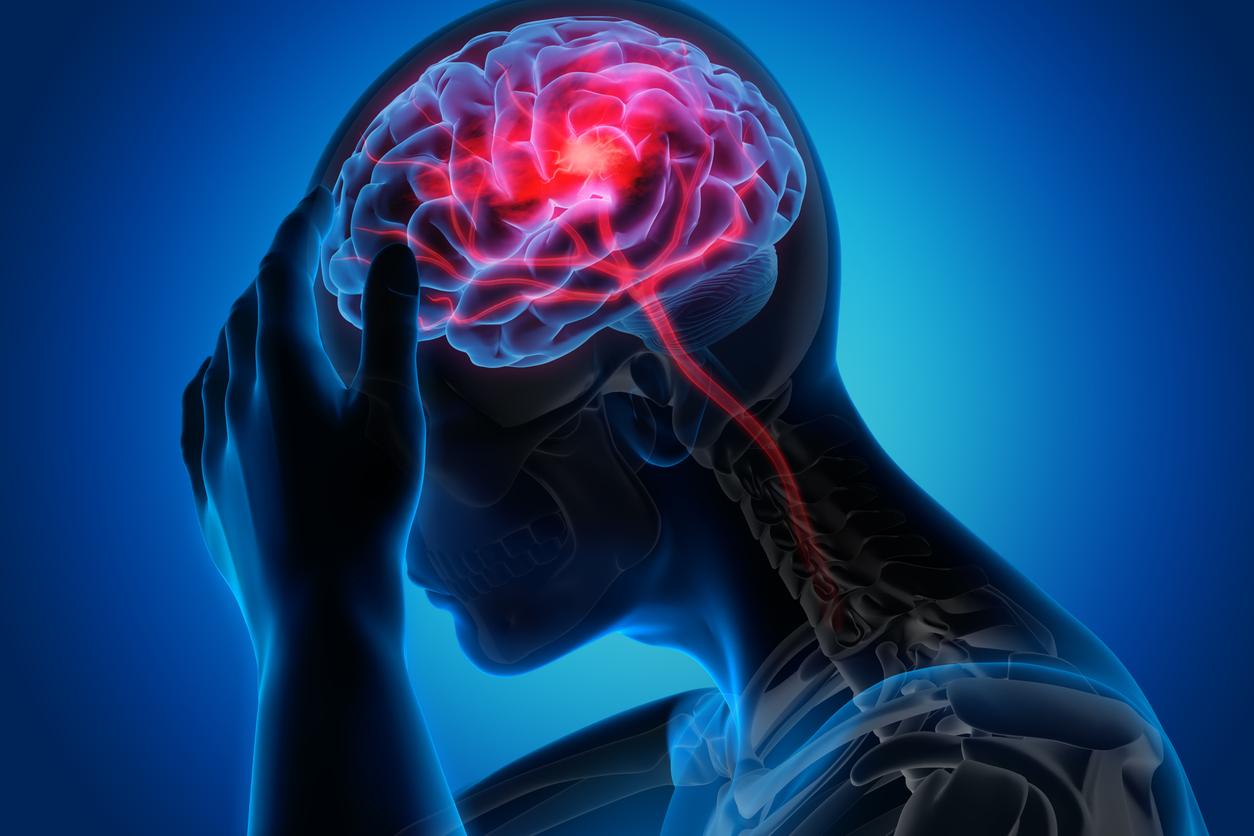Bulimia and binge eating are not seen at first sight. Indeed, bulimic patients who often have compensatory behavior (taking laxatives, vomiting, etc.) to avoid weight gain, have usually a normal BMI. Their trouble then goes unnoticed. As for hyperphagic people, we stops at their overweight without necessarily exploring the existence of an eating disorder.
Allow early treatment
“These disorders are difficult to identify because patients speak little about them, often feeling guilt and shame” underlines the High Authority for Health, which has just published recommendations and tool sheets on the identification and management of these two disorders food behaviors.
This work produced in collaboration with the French anorexia bulimia federationshould help healthcare professionals and families identify certain clinical warning signs such as:
- tooth erosion
- an abrasion of the hand related to vomiting
- fertility disorders
- hypokalemia (lack of potassium)
- a swollen submandibular angle
- a request for a slimming diet or even bariatric surgery…
What to know about bulimia
• Bulimia affects about 1.5% of 11-20 year olds and affects about three young girls for every boy.
• Binge eating disorder is more frequent (3 to 5% of the population). It affects men almost as much as women and is more often diagnosed in adulthood.
• These disorders are associated with a significant risk of excess mortality related to induced metabolic disorders and suicide.
Read also :
- Bulimia: 4 psychotherapies to treat it
- Bulimia: a bacterial protein implicated
- 2/3 of eating disorders heal over time
















